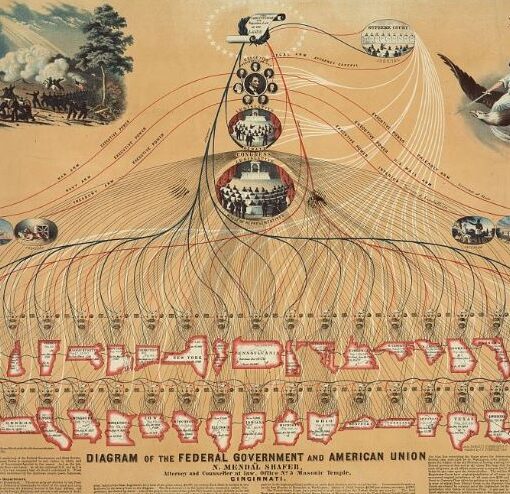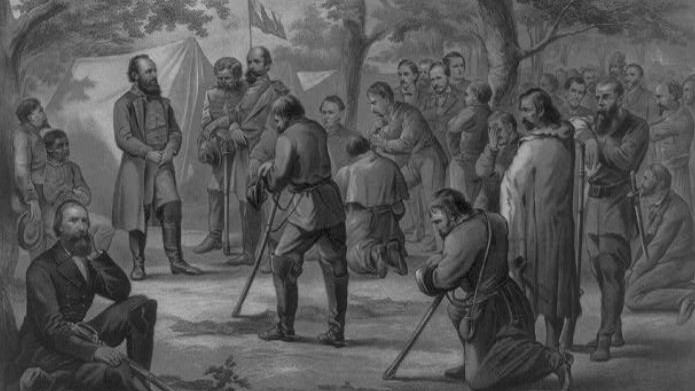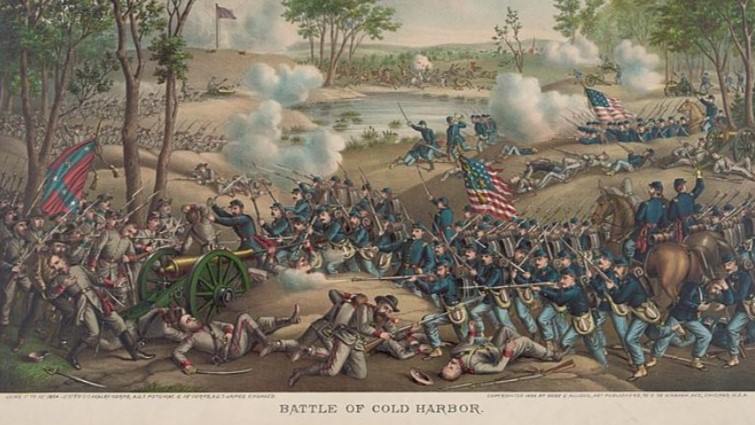Did the Confederacy have the Legal Right to Secede from the Union? the debate over secession in the United States in 1860 and 1861 was a complex and contentious issue that revolved around the Constitution, states’ rights, slavery, and legal precedents.
This article will explore what the Constitution had to say about secession, the arguments for and against states’ rights in relation to secession, the role of slavery in the secession crisis, and the legal precedents that influenced the debate.
We will explore the final verdict on whether the Confederacy had the legal right to secede from the Union and unravel the legal justifications for secession.
1. The Constitution and the Right to Secede
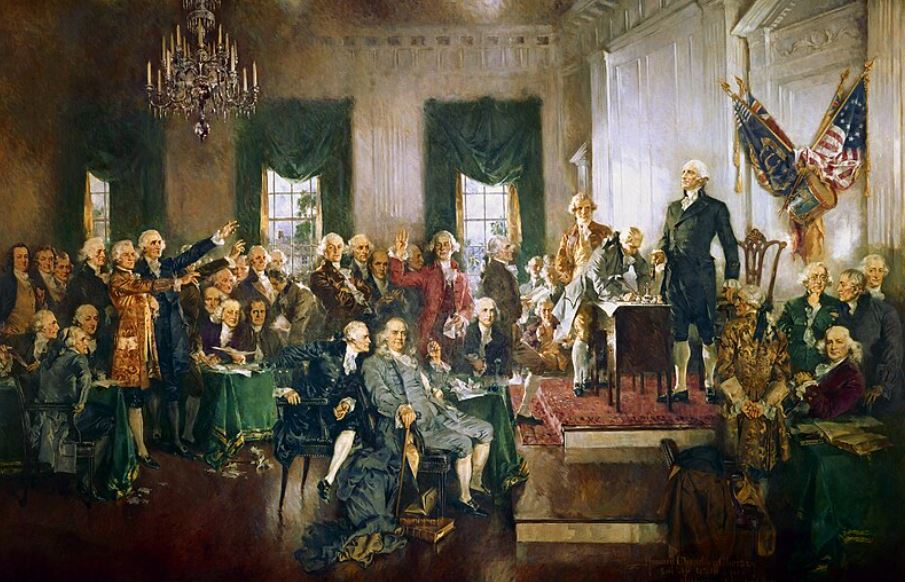
The Constitution and the right to secede were central issues during the Civil War era, sparking debates over states’ rights, federal authority, and the legality of secession.
During this period, the Southern states, fueled by concerns over their autonomy and perceived economic interests, asserted their right to secede from the Union. Their argument stemmed from the belief that states had voluntarily entered into the Union and could leave if their interests were jeopardized.
On the contrary, opponents of secession, particularly in the North, maintained that the Union was indissoluble, and secession was unconstitutional.
This stark divide eventually escalated into the bloodiest conflict in American history, as the Union fought to preserve itself and end the secessionist movement.
What Did the Constitution Say About Secession?
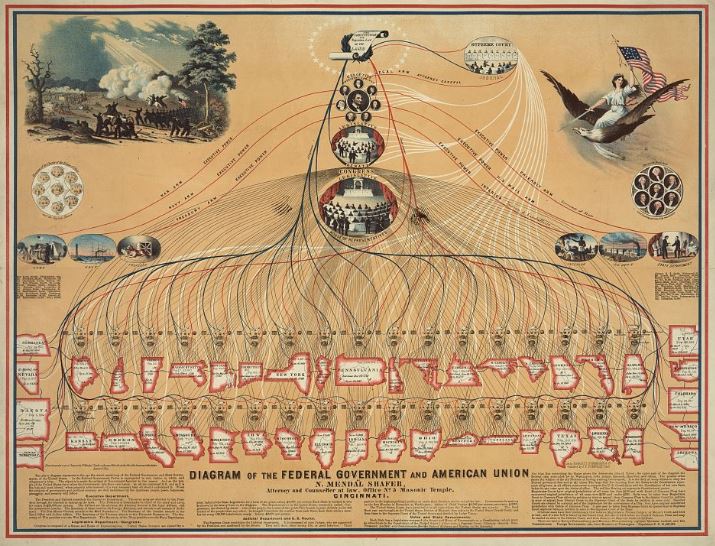
The Constitution addressed the issue of secession indirectly, leaving room for interpretation and differing views among legal scholars and politicians.
Within the Constitution, the Supremacy Clause and the Tenth Amendment play crucial roles in discussions about secession.
The Supremacy Clause establishes the supremacy of federal law over state law, while the Tenth Amendment reserves powers not delegated to the federal government to the states or the people.
This tension between federal authority and state autonomy is central to the debates surrounding secession.
2. The Debate Over States’ Rights

The debate over states’ rights loomed large in the secession crisis, with differing interpretations of federal versus state authority shaping the discourse.
Supporters of states’ rights argued that the Constitution granted states significant autonomy, allowing them to nullify federal laws they deemed unconstitutional. They therefore argued that the Constitution upheld states’ rights, self-determination, and sovereignty, providing a legal basis for withdrawal from the Union.
This perspective drew upon the principles of nationalism and federalism, asserting that individual states had the right to determine their own governance and political destiny.
This perspective, rooted in a strict interpretation of the Constitution, viewed the federal government as a compact of sovereign states rather than a centralized authority.
On the other hand, those favoring a stronger federal government highlighted the supremacy clause, asserting that federal law trumped state laws.
This clash of ideologies intensified as tensions rose between the North and the South, ultimately culminating in the secession of Southern states and the onset of the Civil War.
How Did the Concept of States’ Rights Influence the Secession Debate?
The concept of states’ rights became a battleground of ideas during the secession crisis, with proponents arguing for greater state sovereignty and autonomy.
Many believed that states should have the authority to make decisions without interference from the federal government, asserting their constitutional right to govern locally.
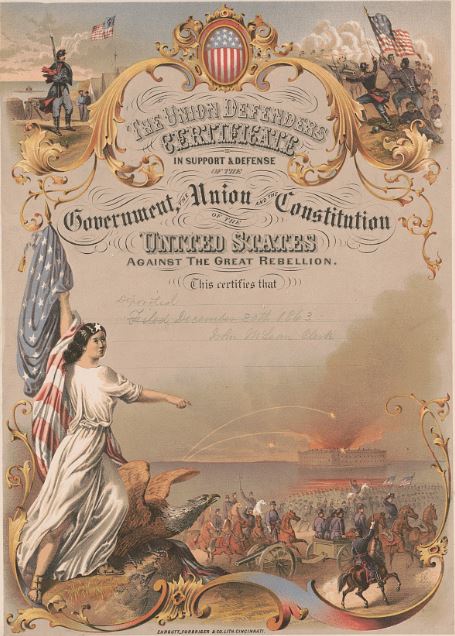
Opponents of this viewpoint feared that excessive state autonomy could weaken the union’s strength and dilute the concept of a unified nation. They contended that secession threatened the cohesion and stability of the nation, challenging the Founding Fathers’ vision of a united republic.
This clash of viewpoints encapsulated broader debates about the balance of power between states and the federal government, raising crucial questions about federalism and national unity.
3. The Role of Slavery in the Secession Crisis
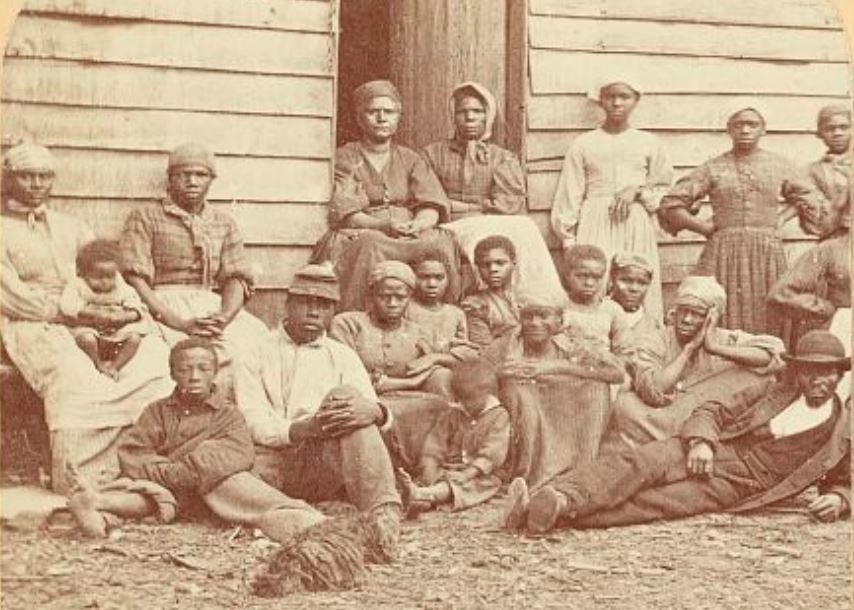
The issue of slavery cast a long shadow over the secession crisis, serving as a primary catalyst for the Southern states’ decision to withdraw from the Union.
Slavery was deeply entrenched in the economic foundation of the Southern states, with the plantation system relying heavily on slave labor for its profitability.
This reliance created a stark divide between the agrarian South and the industrializing North, intensifying the already existing tensions over states’ rights and the balance of power.
On a social level, the institution of slavery created racial hierarchies that dehumanized enslaved individuals and justified their exploitation. This dehumanization further fueled divisive attitudes and prejudices that sharpened the divide between the regions.
Politically, the Civil War era saw a culmination of longstanding debates and conflicts over slavery, with the question of its expansion into new territories becoming a central point of contention.
The inability to find a compromise on this issue ultimately pushed the nation towards the brink of war, as Southern states saw secession as the only way to protect their institution of slavery.
What Were the Arguments for and Against Secession Based on Slavery?
The arguments for and against secession grounded in the issue of slavery highlighted the irreconcilable differences over the institution’s expansion, regulation, and moral implications.
Proponents of secession, believing in states’ rights, argued that individual states should have the autonomy to make decisions regarding slavery without federal intervention, asserting that it was a matter of local jurisdiction.
Supporters of secession contended that the institution of slavery was vital to their economy, particularly in the agricultural sector, underscoring its economic benefits and sustainability.
Those against secession condemned this view, emphasizing the necessity of a unified stance on slavery to ensure ethical treatment and prevent the perpetuation of human rights violations.
4. Legal Precedents for Secession
Were There Any Previous Instances of Secession in American History?
The secession crisis had historical precedents. Earlier instances of state withdrawal and territorial disputes provided a backdrop for the legal arguments surrounding secession.
Throughout American history, disputes over states’ rights and federal authority have played a significant role in shaping the legal landscape regarding secession.
Some of the key events included:
- Hartford Convention (1814-1815): During the War of 1812, New England Federalists, unhappy with the war’s economic impact and the national government’s power, held a secret convention. While secession wasn’t likely the main goal, there were discussions about amending the Constitution to limit federal power and potentially even secession as a bargaining chip. The war’s end shortly after the convention made these discussions moot.
- Missouri Compromise (1820): This compromise maintained a balance between slave and free states by admitting Missouri as a slave state and Maine as a free state. It temporarily calmed tensions but also established the precedent that slavery would be a key factor in admitting new territories.
- Nullification Crisis (1828-1833): South Carolina threatened to nullify federal law, highlighting the deep economic and ideological divides over states’ rights and potential secession.
- Compromise of 1850: This package of laws aimed to maintain balance on the issue of slavery, but it further inflamed tensions and only served as a temporary solution.
- Kansas-Nebraska Act (1854): This act repealed the Missouri Compromise, leading to violent clashes in Kansas and further nationalizing the debate over slavery.
- Dred Scott Decision (1857): The Supreme Court ruled against enslaved people, enraging anti-slavery northerners and fueling Southern justifications for slavery’s expansion.
- John Brown’s Raid on Harpers Ferry (1859): This event heightened fears of slave rebellions in the South and further radicalized both sides.
- Election of Abraham Lincoln (1860): Lincoln’s election, seen as a threat to slavery’s expansion, led several Southern states to hold secession conventions, ultimately sparking the Civil War.
These events underscored the complexities of balancing state sovereignty with federal authority and sparked enduring debates on the limits of federal powers.
The concept of states’ sovereignty has long been a fundamental principle underlying discussions of secession, echoing back to the foundations of the United States as a union of autonomous states. These historical contexts heavily influenced the legal reasoning and justifications put forth during the Civil War era and beyond.
5. Did the Confederacy Have the Legal Right to Secede?
The question of whether the Confederacy possessed the legal right to secede remains a contentious issue in historical and legal scholarship, with divergent interpretations clouding the definitive verdict.
While some argue that the Confederate states had the constitutional authority to secede from the union based on the principle of state sovereignty and the Tenth Amendment, others contend that secession was not explicitly permitted in the U.S. Constitution and therefore was an illegal act of rebellion.
Key figures such as Abraham Lincoln firmly believed in the unity of the United States and viewed secession as an unconstitutional and invalid endeavor. The Civil War, sparked by the secession of the Confederacy, served as a violent culmination of these opposing viewpoints.
It would be the battlefield that ultimately decided the answer to this question.
The secession crisis culminated in the outbreak of the American Civil War, as political tensions and constitutional disputes escalated into a full-fledged military conflict that reshaped the nation’s trajectory.
Texas v. White 1869
The American Civil War was a bloody conflict that settled the question of secession by force. But the legal question remained murky until 1869, when the Supreme Court finally weighed in with the landmark case, Texas v. White.
The Case of the Missing Bonds
Texas v. White wasn’t actually about secession itself. It stemmed from a more mundane issue: missing bonds.
Following the Civil War, the Reconstruction government in Texas discovered that bonds issued by the federal government in 1850 had vanished during the Confederacy’s reign.
Texas sued to get them back, and the case reached the Supreme Court because, well, it involved a state suing another entity (the federal government).
The Unexpected Ruling
Now, here’s the interesting part.
The Court, in a 5-3 decision, ruled in favor of Texas.
But the key takeaway wasn’t about the bonds. Chief Justice Salmon P. Chase, writing for the majority, declared that the United States was an “indestructible union” from which states could not secede.
This was a powerful statement. Even though the Confederacy had existed for a period, the Court asserted that states never truly left the Union. Their actions were deemed “illegal” and their governments considered “insurgents.”
A Legal Nail in the Coffin of Secession
While the Civil War had effectively ended secession as a practical matter, Texas v. White provided the legal justification. It established the principle that states were not independent entities with the right to break away from the Union.
This case had a lasting impact. It strengthened the concept of national unity and solidified the power of the federal government. It also served as a powerful deterrent to future secessionist movements.
So, Was Secession Ever Legal?
Texas v. White left little room for debate. The Court made it clear that secession was never a legitimate option under the Constitution. This may seem obvious today, but it was a highly contentious issue that tore the nation apart just a few years earlier. The case stands as a testament to the enduring strength of the American Union.
Frequently Asked Questions
Did the Confederacy have the legal right to secede from the Union?
There is no clear answer to this question as the Constitution does not explicitly state whether secession is allowed or not. However, many legal experts argue that the Confederacy did not have the legal right to secede from the Union. Texas v. White 1869 case confirmed this stance.
What were the arguments used by the Confederacy to justify their secession?
The Confederacy believed that the Constitution was a compact between sovereign states and that they had the right to leave the Union if they felt their rights were being violated. They also argued that the Union was formed voluntarily and could be dissolved voluntarily.
Did the Supreme Court ever rule on the legality of secession?
Yes, the Supreme Court addressed the issue of secession in the case of Texas v. White in 1869. The Court ruled that secession was illegal and that the Union was perpetual.
What was the main issue that led to the secession of the southern states?
The main issue was the debate over slavery and states’ rights. Southern states believed that they had the right to determine their own laws and policies, including the legality of slavery, without interference from the federal government.
Did any southern states attempt to secede before the Civil War?
Yes, South Carolina attempted to secede in 1828. They were the first state to secede from the Union in 1860, followed by six other states. However, their secession was not recognized by the federal government.
What were the consequences of the Confederacy’s secession from the Union?
The secession of the southern states led to the Civil War, which resulted in the loss of thousands of lives and the eventual defeat of the Confederacy. It also solidified the idea that the Union was indivisible and that secession was not a legitimate option for states.
Further Reading
If you enjoyed this article, you may be interested to read more about the causes of the American Civil War events, or perhaps read about the Lost Cause Myth or what would have happened had the South won. Read here for more general American history.

